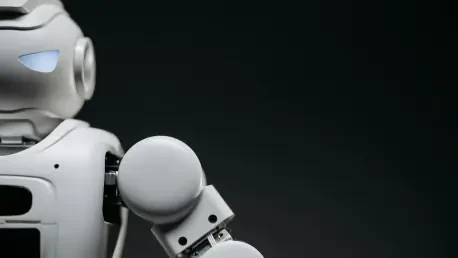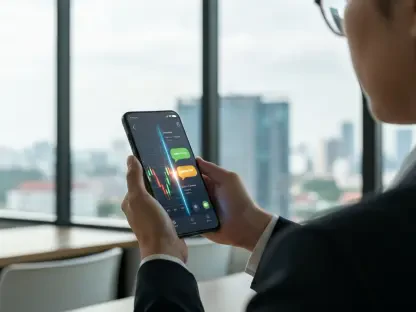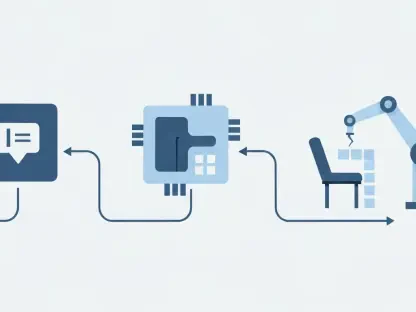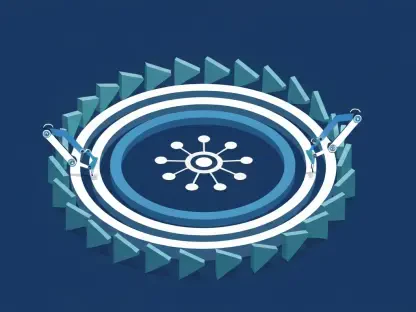A new wave of innovation is quietly reshaping how robots navigate our world. Imagine a disaster zone enveloped in chaos, where human intervention becomes nearly impossible. Here, relying on robust, energy-efficient robots isn’t just advantageous—it’s crucial. But how can these machines function long hours in such settings? Enter neuromorphic technology, a groundbreaking solution inspired by the human brain, promising remarkable energy efficiency for robotic navigation, even in the most energy-constrained environments.
A Step Toward Sustainable Robotics
The increasing integration of robots into everyday tasks highlights the substantial energy challenge facing current robotic systems. Traditional robot navigation depends heavily on sophisticated vision platforms, whose power consumption affects their performance in energy-limited environments, such as space or disaster zones. With global sustainability concerns amplifying the importance of energy-efficient solutions, the demand for innovative technologies is higher than ever.
Unveiling Neuromorphic Computing
Drilling down into neuromorphic computing reveals a fascinating technology inspired by the biological processes of the human brain. This computing model uses dynamic vision sensors to mimic how humans perceive their surroundings. Unlike typical image-based systems, which are notorious for their energy demands, neuromorphic systems enhance efficiency by operating on real-time environmental changes, leading to significant power savings. The Locational Encoding with Neuromorphic Systems (LENS) exemplifies this revolutionary technology, delivering robust performance with minimal energy expenditure in real-world scenarios, such as in hexapod robots.
Insights from the Experts
Professionals in the field attest to the transformative potential of neuromorphic technology. The insights from Dr. Jane Maldor, a leading researcher in artificial intelligence, present a compelling narrative: “Our studies indicate a radical reduction in energy use, upwards of 90%, compared to conventional systems.” Such data, combined with practical experiences from engineers in the field, confirm the operational advantages, allowing for prolonged and more versatile robotic operations.
Charting the Pathway to Implementation
Transitioning these advanced systems into existing robotics frameworks poses both opportunities and challenges. Developers and engineers are advised to focus on integrating dynamic sensor data with traditional systems, ensuring a smooth transition from conventional practices. Addressing technical hurdles in adopting such technology involves understanding the nuances of real-time data processing, offering significant steps forward for industries seeking sustainable solutions.
Shaping a Sustainable Future for Robotics
As robots continue to permeate various aspects of life, advancing them with efficiently designed neuromorphic systems becomes integral to sustainable future operations. The potential for longer, more productive missions in challenging environments marks a new chapter in robotics. The exploration of neuromorphic technology suggests that this approach could redefine capabilities across sectors from search-and-rescue to space exploration. The journey toward more energy-efficient robotic solutions acts as evidence that the integration of biological efficiency into technology promises a promising trajectory for how machinery will evolve and operate.









